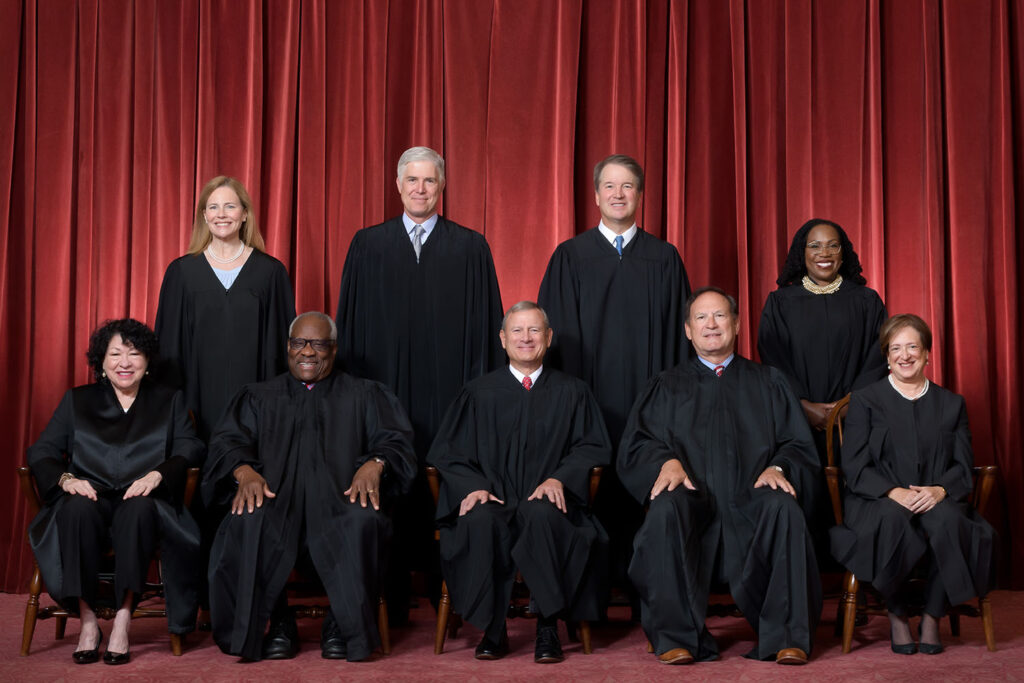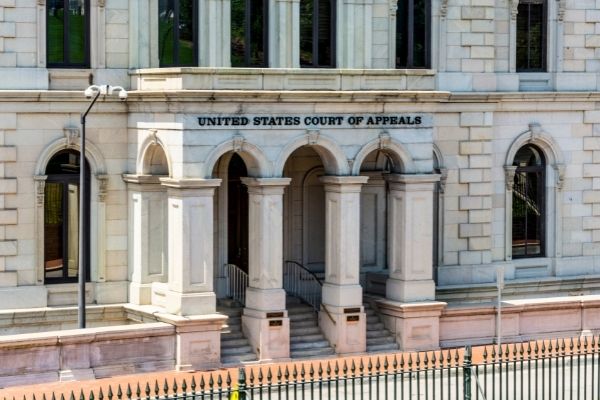Top Federal Appeal Lawyers: Expert Legal Guidance for Your Federal Appeal
Top Federal Appeal Lawyers: Expert Legal Guidance for Your Federal Appeal
Blog Article
Demystifying the Process of Federal Appeals: What You Required to Know
Navigating the detailed world of federal appeals can commonly seem like passing through undiscovered waters for those strange with the process. Comprehending the subtleties of appellate court jurisdiction, the details of filing a notification of allure, providing a compelling brief, and making a persuasive oral argument are essential components that can dramatically impact the end result of an instance. By untangling the layers of intricacy surrounding government allures, people can acquire a more clear insight right into the systems that control this critical point of the legal system.
Understanding Federal Appeals Process
Looking into the intricate realm of the federal appeals process introduces a organized and systematic trip through the judicial system. Federal charms act as a critical system for reviewing decisions made by lower courts. Comprehending this process is necessary for anybody included in legal proceedings at the federal level.
The process usually begins with a party dissatisfied with a lower court's ruling filing a notification of appeal. This triggers a review by a higher court, where a panel of judges assesses the legal arguments presented by both celebrations. Briefs laying out the lawful reasoning behind each event's placement are submitted, and oral disagreements may be heard to clarify intricate issues.
The appellate court's choice is based on a thorough assessment of the reduced court's procedures and the arguments provided. When the appellate court reaches a decision, it can verify, turn around, remand, or customize the reduced court's judgment, giving clearness and finality to the lawful dispute.
Appellate Court Jurisdiction Explained
As we progress from recognizing the federal charms procedure to exploring the details of appellate court jurisdiction, a basic aspect comes to light concerning the authority and restrictions of these greater courts in the legal landscape. Appellate court jurisdiction refers to the range of instances that a particular appellate court has the power to examine and make a decision upon. Unlike test courts that listen to instances for the initial time, appellate courts are restricted to assessing decisions made by reduced courts. These decisions can consist of judgments from both state and government courts.
Appellate courts have territory over certain kinds of cases, typically those involving legal errors, procedural problems, or questions of legislation instead of accurate disagreements. The jurisdiction of appellate courts is typically laid out in laws and legislations that control the court system. Comprehending appellate court jurisdiction is crucial for parties involved in the charms procedure as it identifies whether an instance is qualified for evaluation and the extent to which the appellate court can interfere in the lower court's decision.
Filing a Notification of Appeal
The first action in commencing the federal appeals procedure involves submitting a Notice of Appeal with the appropriate appellate court. This crucial record officially informs the court and the other parties entailed in the instance that the appealing event means read the article to seek an evaluation of the lower court's choice. Filing a Notice of Allure is a stringent procedural requirement that establishes the appellate process in motion.
When preparing the Notice of Appeal, it is necessary to make certain compliance with the certain policies and standards of the pertinent appellate court. federal appeal lawyers. The paper needs to normally include information such as the instance name, the reduced court's name, the date of the judgment being appealed, and a succinct statement showing the premises for the allure

Instruction and Oral Disagreement
In the appellate process, providing created briefs and participating in dental arguments play crucial duties in promoting for the appealing celebration's placement before the appellate court. Briefs are extensive legal records that describe the events' arguments, lawful authorities, and analysis supporting their settings. These created submissions provide the court with a comprehensive understanding of the realities of the situation, the appropriate legislation, and why the appealing celebration thinks the lower court's choice should be rescinded.
Following the submission and evaluation of the briefs, oral debates provide the parties a possibility to additional clarify their settings, address any type of concerns the appellate courts may have, and highlight crucial factors from their written briefs. Oral arguments are a possibility for the lawyers to encourage the judges via spoken campaigning for and responses to inquiries from the bench.
Both the written briefs and dental debates are essential components of the appellate procedure, permitting parties to present their instance thoroughly and compellingly prior to the appellate court. - federal appeal attorneys
Getting the Appellate Court Decision
Upon conclusion of oral disagreements and entry of created briefs, the next critical phase in the appellate process includes awaiting the decisive ruling from the appellate court. This duration of expectancy can be full of a mix of stress and anxiety and expect parties associated with the charm. The appellate court's decision is normally delivered in a composed format and lays out the court's verdicts on the legal problems provided, the thinking behind their decision, and the judgment provided. The time framework for getting the appellate court's choice can differ, yet courts aim to give prompt resolutions. Once the choice is issued, parties must very carefully review the court's judgment to comprehend the end result and establish any more actions that might be required. Whether the appellate court verifies, reverses, or remands the lower court's decision, recognizing the implications of the ruling is critical for all celebrations involved in the appellate procedure. Consequently, quickly examining and understanding the appellate court's decision is important in navigating the following actions in the lawful procedures.
Verdict
Understanding the appellate court jurisdiction, submitting a notice of appeal, preparing briefs, and offering dental debates are all essential parts of this process. Eventually, getting the appellate court choice can give quality and resolution to lawful disagreements.
As we advance from recognizing the government charms procedure to studying the intricacies of appellate court jurisdiction, an essential element comes to light relating to the authority and limitations of these greater courts in the legal landscape. Appellate court territory refers to the scope of cases that a specific appellate court has the power to make a decision and examine upon. Unlike trial courts that listen to situations for the first time, appellate courts are limited to assessing decisions made by reduced courts. Understanding appellate court jurisdiction is crucial for parties included in the appeals process as it determines whether a situation is qualified for evaluation and the degree to which the appellate court can intervene in the lower court's choice.

Report this page